How to Get Your Products in Stores Internationally
Growing your business by putting your products in stores at an international level can take a lot of work, but it’s doable. This will give your finances a significant boost, so it’s worth sparing some time to work on it. Keep reading to see some of the ways in which you can go about doing this and spread your business across the seas.
Find Out if You Can Set Up Domestic Distribution
The very first step that you take when thinking about getting your products in stores internationally is to find out if and how you can set up domestic distribution. You simply don’t want to market and grow your market overseas only to end up unable to fulfill the orders that you get. That said, learn about the logistics surrounding domestic distribution centers, which may involve learning details such as that 95% of the world’s cargo is moved by ship. Because of higher costs, it’s more financially realistic to transport products on high-volume ships. If you can manage to set up domestic distribution in the areas that you home to start your expansion in, you’ll have a decent chance of succeeding.
Polish Your Pitch for Regions You Target
Next, once you’ve done your research on domestic distribution, polish your pitch for the regions that you intend to target. This will involve making sure that your pitch appeals to people in the various regions, for which there’s no one-size-fits-all solution. That’s because of differences in language, culture, and even political climate, important details that you need to know before you craft your pitch. Keep in mind that for about 50% of mobile phone owners, the mobile phone is their primary source of internet. Understanding details like these should help you craft a pitch and other marketing details that can be reached and appreciated by the majority of people.
Learn About Legal Certifications You May Need
Remember to make sure that you meet the legal stipulations put in place in the regions you want to expand to. This may entail learning details such as that about 40% of employers in the United States offer their employees long-term disability, according to the Bureau of Labor Statistics. This may be different for other areas, and it’s important for you to understand this so that when you start working on a physical presence for your products in the said areas, you don’t break the law. Be prepared to complete the various trade certifications that you may need before you begin operations so that you can hit the ground running. Preparing beforehand for this will make it easier for you to present the necessary documents and also raise the necessary finances.
Think About What Makes Your Products Different
Last but not least, take time to think about what makes your products different from others that exist in the market you want to target. This should give you an idea of how your product will compare with top competitors, and what chance you have to become a hit in their market. Think about the ingredients or materials that you use, as well as whether your product caters to specialty niches. By doing this, you can figure out if it’s possible for you to offer a lower price than your competition, which will be a sure way to appeal to new customers and increase your demand. When you know the details of what makes your products different from others in the market, you can use these details as selling points more easily.
With these tips, you should have an idea of what it takes to put your stores in stores across the globe. It will take a lot of dedication and solid financing, so make sure that you’re ready before you begin. As a result, you may have better odds of success in your venture.
Fed Up with Florida? 8 States Retirees Are Moving to Instead

Florida has long been the quintessential retirement haven, with its sunny beaches, lush golf courses, and a plethora of senior living communities. However, recent years have seen a growing trend of retirees seeking alternatives, indicating a shift in the retirement paradigm. Various factors, from climate change concerns to overcrowding and high living costs, have contributed to this change. As a result, retirees are exploring new territories that offer a blend of comfort, affordability, and quality of life. Here are eight states that have emerged as popular choices for those fed up with Florida, offering new horizons for a fulfilling retirement.
1. North Carolina: A Blend of Nature and Culture

North Carolina is rapidly becoming a favorite among retirees seeking a balance between serene landscapes and vibrant cultural scenes. The state boasts a diverse geography, from the majestic Appalachian Mountains to serene Atlantic coastlines, catering to a wide range of outdoor activities. Cities like Asheville and Charlotte offer a rich array of arts, music, and culinary experiences without the hefty price tag often associated with Florida’s more touristy areas. Plus, the state’s mild climate is a significant draw, providing a comfortable environment year-round without the high heat of a Florida summer.
2. Tennessee: Low Cost of Living and Scenic Beauty

Tennessee’s appeal lies in its low cost of living, no state income tax, and stunning natural beauty. The state is home to the Great Smoky Mountains, America’s most visited national park, offering retirees endless opportunities for hiking, fishing, and wildlife observation. Cities like Nashville and Memphis also cater to music lovers, boasting rich musical heritages. Additionally, Tennessee’s smaller towns like Franklin and Murfreesboro offer a quieter, community-focused lifestyle, which is increasingly attractive to those looking to escape Florida’s bustling cities.
3. Arizona: The Sunbelt’s New Jewel

Arizona has traditionally been a close second to Florida for retirees, and it’s gaining ground. The state offers a dry, agreeable climate that is particularly beneficial for those with respiratory issues. The cost of living in cities like Tucson and Phoenix is reasonable compared to Florida’s more sought-after locales. Arizona’s diverse landscape, from the Grand Canyon to the Sonoran Desert, provides a picturesque backdrop for retirement, coupled with a thriving arts and cultural scene, especially in Scottsdale and Sedona.
4. South Carolina: Charming Coastal Life

South Carolina presents a charming alternative with its rich history, warm climate, and beautiful coastal towns. Charleston and Myrtle Beach are popular for their stunning beaches, historic architecture, and friendly communities. The state also offers numerous golf courses and active senior living communities. Additionally, South Carolina’s lower cost of living compared to Florida allows retirees to enjoy a coastal lifestyle without breaking the bank.
5. Texas: Diverse and Dynamic

Texas offers a vast array of retirement lifestyles, from the bustling urban environments of Austin and Dallas to the serene landscapes of the Hill Country. The state’s diverse culture, robust economy, and lack of state income tax make it an attractive destination for retirees. Texas also prides itself on its excellent healthcare facilities and a wide range of recreational activities, catering to a variety of interests and needs.
6. Virginia: Rich History and Natural Beauty

Virginia appeals to retirees who cherish history, culture, and natural beauty. The state’s varied landscape includes the Blue Ridge Mountains and Chesapeake Bay, offering a plethora of outdoor activities. Historic towns like Williamsburg and Charlottesville also provide cultural enrichment with their museums, galleries, and festivals. Furthermore, Virginia’s proximity to Washington, D.C., allows for easy access to the nation’s capital’s amenities and healthcare services.
7. Oregon: Eco-Friendly and Progressive

Oregon is becoming a haven for eco-conscious retirees who appreciate its progressive values, lush landscapes, and mild climate. Cities like Portland and Eugene offer vibrant cultural scenes with a focus on sustainability, arts, and community. The state’s natural wonders, from Crater Lake to the Pacific coastline, provide endless exploration opportunities. Additionally, Oregon’s commitment to healthcare and senior services makes it a practical choice for a healthy, active retirement.
8. Colorado: An Adventurous Retirement

For those seeking an active, adventurous retirement, Colorado is the go-to state. Its Rocky Mountains offer unparalleled opportunities for hiking, skiing, and mountain biking. Cities like Denver and Boulder are known for their youthful energy, cultural institutions, and progressive mindset. Colorado’s focus on health and wellness, combined with its stunning natural beauty, makes it an ideal destination for retirees looking to maintain an active lifestyle.
Why These Are Great Options for Retirees Who Are Fed Up with Florida

While Florida remains a popular retirement destination, a significant number of retirees are seeking alternatives that better suit their lifestyle preferences, budget, and climate desires. States like North Carolina, Tennessee, and Arizona are rising to the occasion, offering diverse and enriching environments for retirees. Whether it’s the cultural richness of Virginia, the eco-friendly ethos of Oregon, or the adventurous spirit of Colorado, there’s a world of possibilities beyond the Sunshine State for those fed up with Florida.
Read More:
15 Quirky Inventions From the Early 2000s That Were Ahead of Their Time
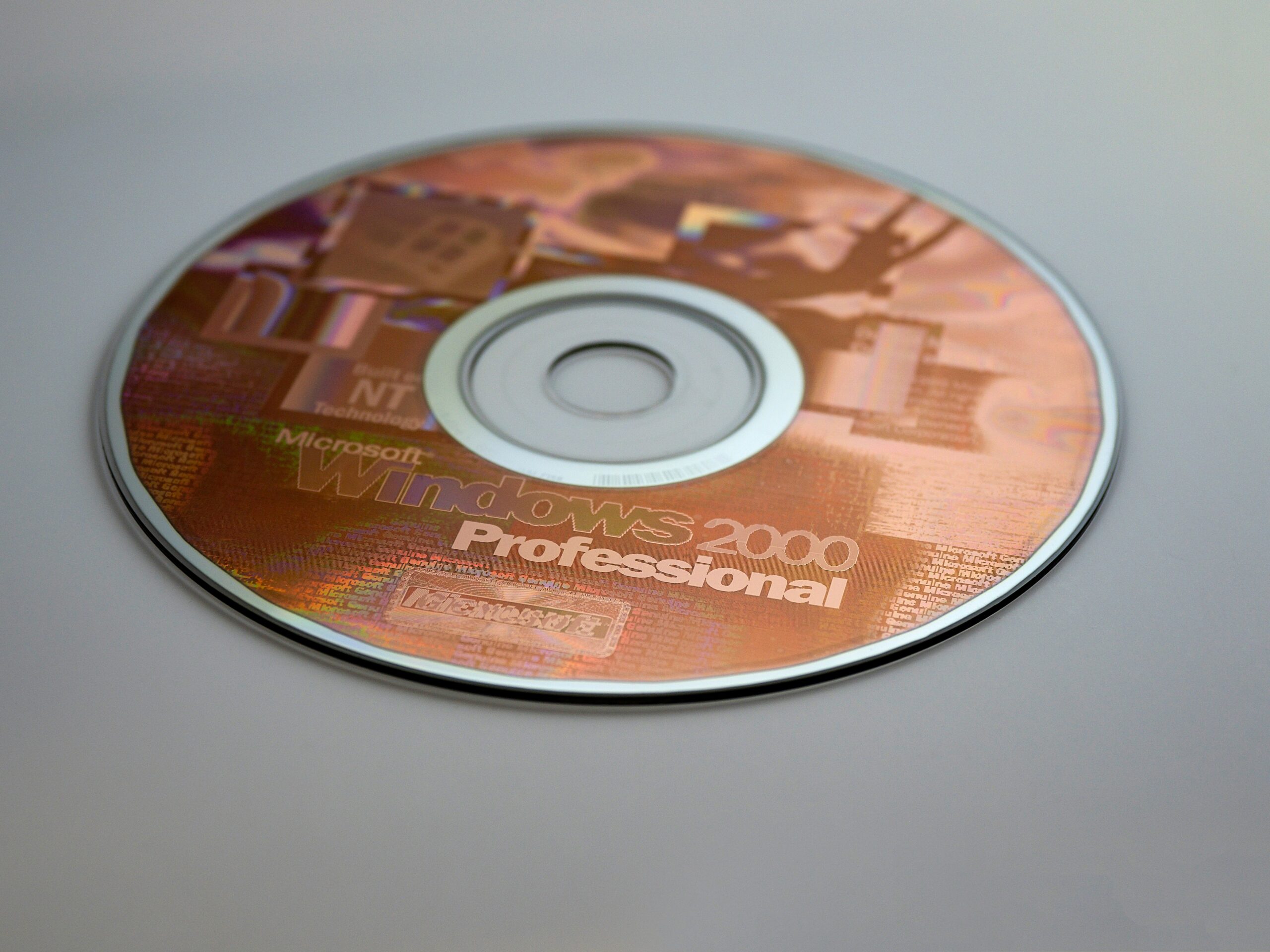
The early 2000s was a time of innovation and technological advancement, with countless inventions aiming to revolutionize our lives, work, and play. While some of these inventions may have seemed quirky or ahead of their time, many laid the groundwork for future breakthroughs and paved the way for the technologies we use today. Let’s take a trip down memory lane and explore fifteen quirky inventions from the early 2000s that were truly ahead of their time.
1. Segway Personal Transporter

The Segway Personal Transporter, introduced in 2001, promised to revolutionize urban transportation with its self-balancing design and electric-powered motor. Despite its initial hype, the Segway struggled to gain widespread adoption due to its high price tag and limited practicality for everyday use. However, the technology behind the Segway laid the groundwork for future innovations in electric scooters and self-balancing vehicles, foreshadowing the rise of micro-mobility solutions in urban environments.
2. Roomba Robotic Vacuum Cleaner

The Roomba robotic vacuum cleaner, introduced by iRobot in 2002, was one of the first mass-market consumer robots designed to autonomously clean floors. While early versions of the Roomba were limited in their capabilities and efficiency, subsequent iterations have become increasingly advanced, incorporating smart navigation technology and enhanced cleaning features. The Roomba’s success paved the way for the widespread adoption of robotic home appliances and demonstrated the potential for automation in household chores.
3. iPod Portable Music Player
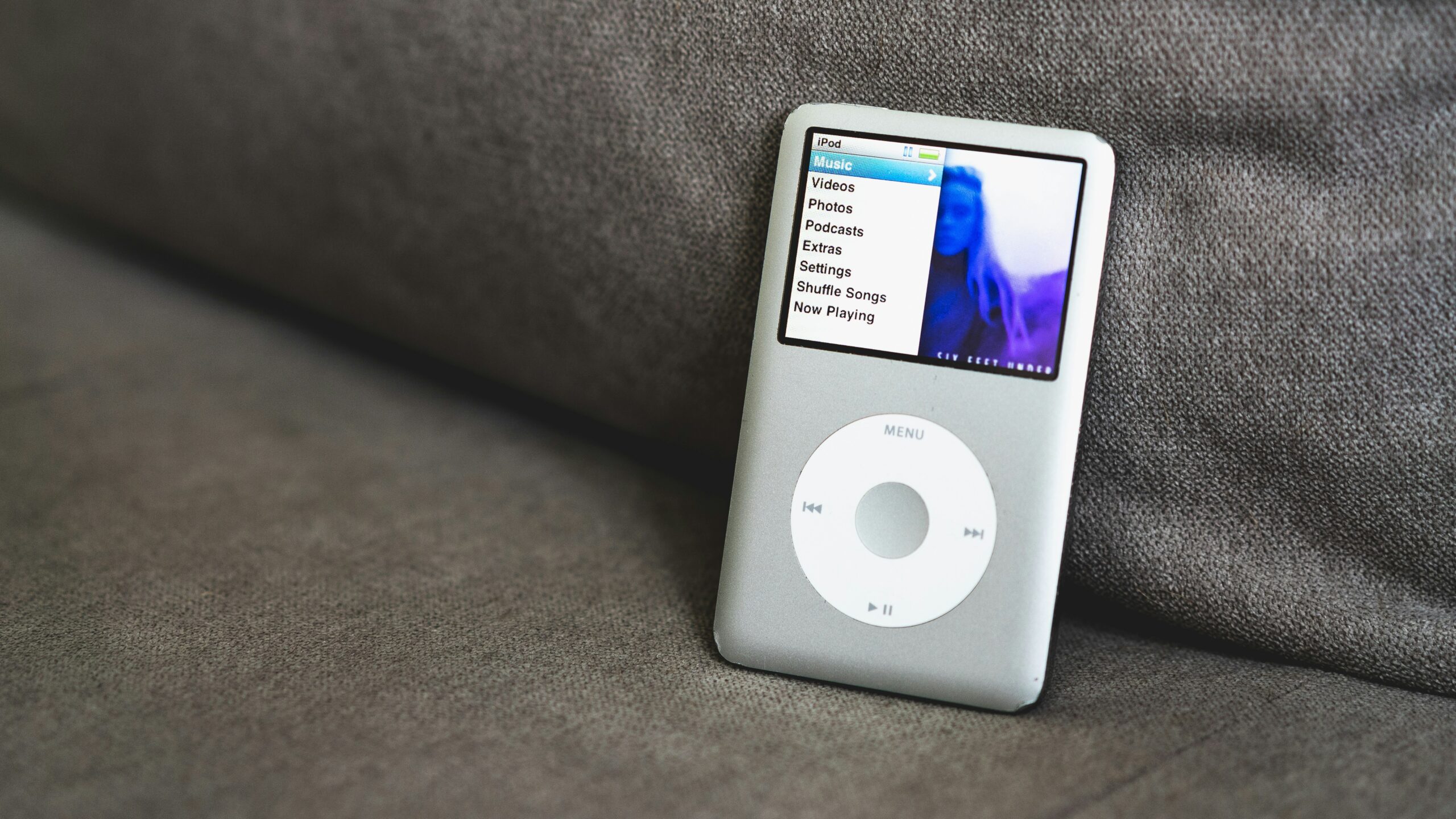
Apple’s iPod, first released in 2001, revolutionized how we listen to music by providing a portable and convenient way to carry thousands of songs in our pockets. The iPod’s sleek design, intuitive interface, and expansive storage capacity made it a must-have gadget for music lovers around the world. While smartphones and streaming services have since replaced dedicated MP3 players like the iPod, its impact on the music industry and consumer electronics cannot be overstated.
4. Palm Pilot Personal Digital Assistant

The Palm Pilot, introduced in the late 1990s and popularized in the early 2000s, was one of the first handheld personal digital assistants (PDAs) to gain widespread popularity. The Palm Pilot revolutionized personal organization and productivity with its touch-sensitive screen, stylus input, calendar, contacts, and note-taking features. While smartphones have since absorbed the functionality of PDAs like the Palm Pilot, its influence on mobile computing and personal organization tools is undeniable.
5. BlackBerry Smartphone
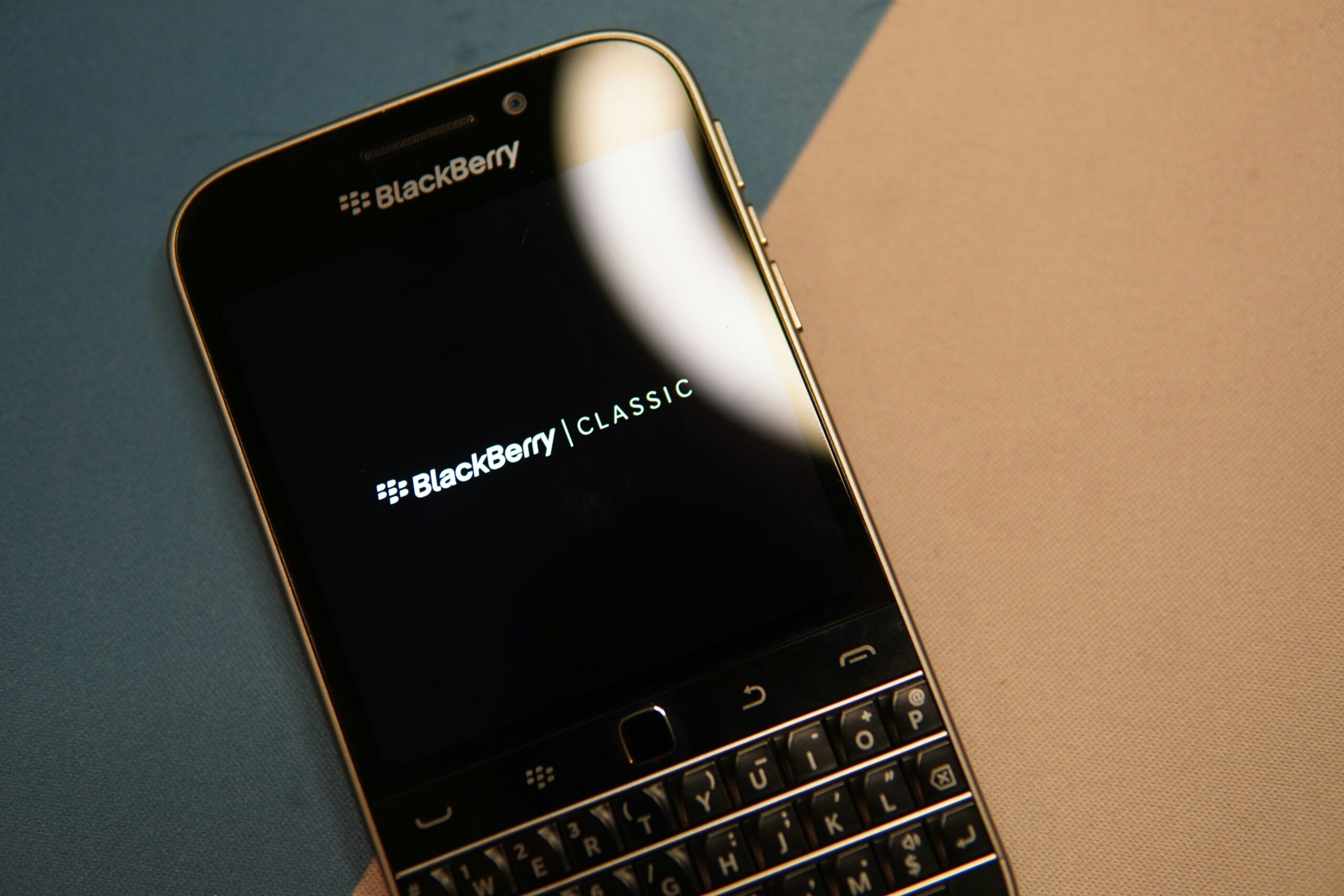
The BlackBerry smartphone, introduced in 2002, was one of the first mobile devices to combine email, messaging, and internet capabilities with a physical keyboard and secure operating system. Originally targeted at business professionals, the BlackBerry became synonymous with mobile productivity and communication. While the rise of touchscreen smartphones like the iPhone eventually eclipsed BlackBerry’s dominance, its legacy lives on in the form of modern smartphones and mobile operating systems.
6. Furby Interactive Toy

The Furby interactive toy, reintroduced by Hasbro in 2005, was a modern update of the popular electronic toy from the late 1990s. Equipped with advanced sensors, motors, and artificial intelligence algorithms, the new Furby could interact with users through speech recognition and expressive movements. While the Furby’s novelty eventually faded, its innovative technology paved the way for future advancements in interactive toys and robotic companions.
7. Bluetooth Wireless Technology

Bluetooth wireless technology, introduced in the early 2000s, enabled wireless communication between electronic devices over short distances. Initially used primarily for hands-free calling in cars and headsets, Bluetooth has since become ubiquitous in a wide range of devices, including smartphones, headphones, speakers, and smart home devices. Bluetooth technology’s versatility and convenience have transformed how we connect and interact with our devices, making cables and cords a thing of the past.
8. TiVo Digital Video Recorder

The TiVo digital video recorder (DVR), introduced in 1999 and popularized in the early 2000s, revolutionized how we watch and record television. With its intuitive interface, advanced recording capabilities, and ability to pause, rewind, and fast-forward live TV, TiVo offered viewers unprecedented control over their entertainment experience. While streaming services have since eclipsed traditional TV viewing, the TiVo DVR paved the way for the on-demand, time-shifted viewing that is now commonplace.
9. Nintendo Wii Gaming Console
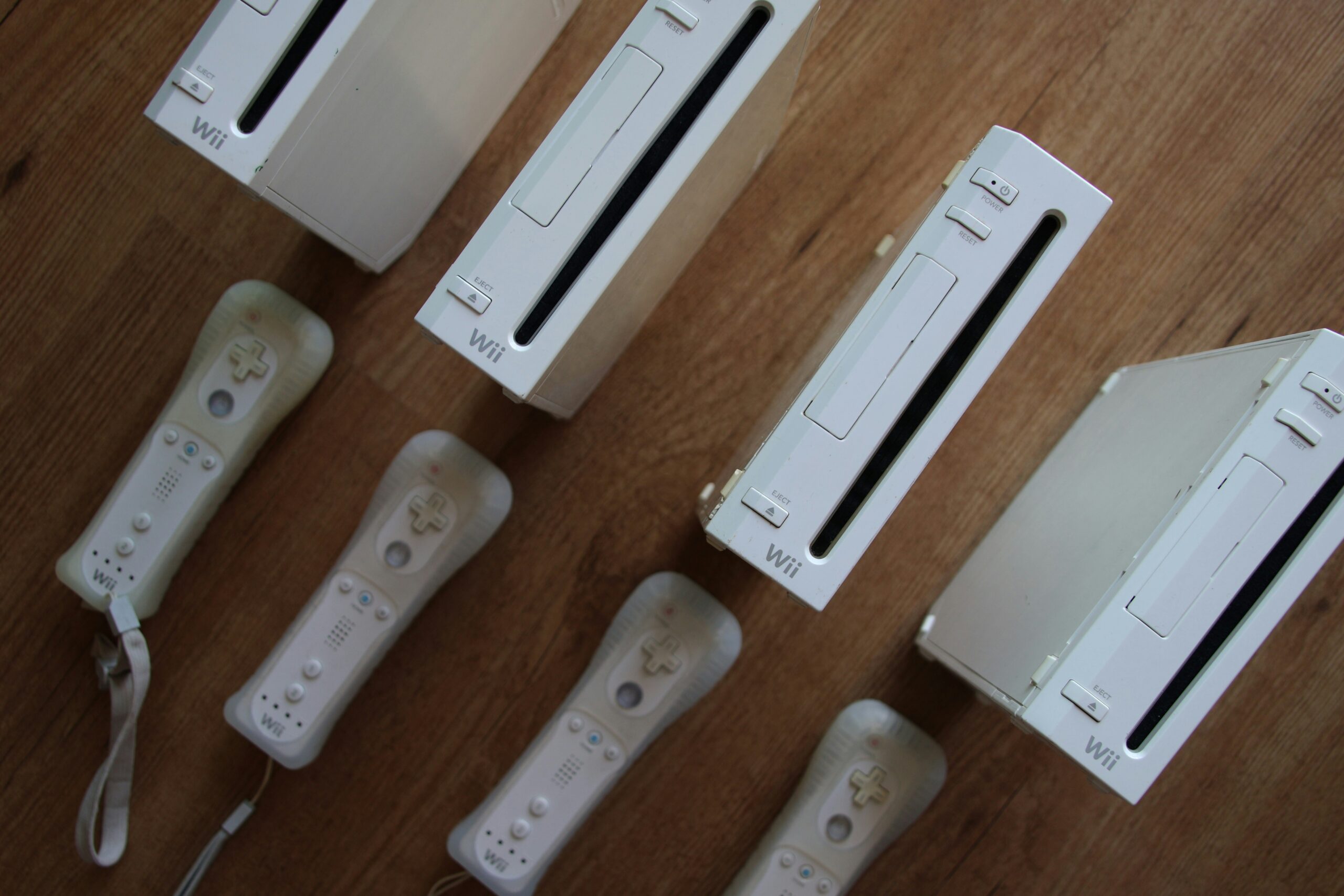
The Nintendo Wii gaming console, released in 2006, introduced motion-sensing controllers and interactive gameplay experiences ahead of their time. With its intuitive motion controls and family-friendly games, the Wii appealed to a broad audience beyond traditional gamers. While subsequent gaming consoles have incorporated motion controls and interactive features, the Wii’s innovative approach to gaming helped usher in a new era of inclusive and accessible gaming experiences.
10. Sony PlayStation Portable (PSP)

The Sony PlayStation Portable (PSP), released in 2004, was one of the first handheld gaming consoles to feature high-quality graphics, multimedia capabilities, and online connectivity. With its widescreen display and robust library of games, the PSP offered console-quality gaming on the go. While smartphones have since become the dominant platform for mobile gaming, the PSP’s influence on handheld gaming consoles and portable entertainment devices is undeniable.
11. MiniDisc Digital Audio Player
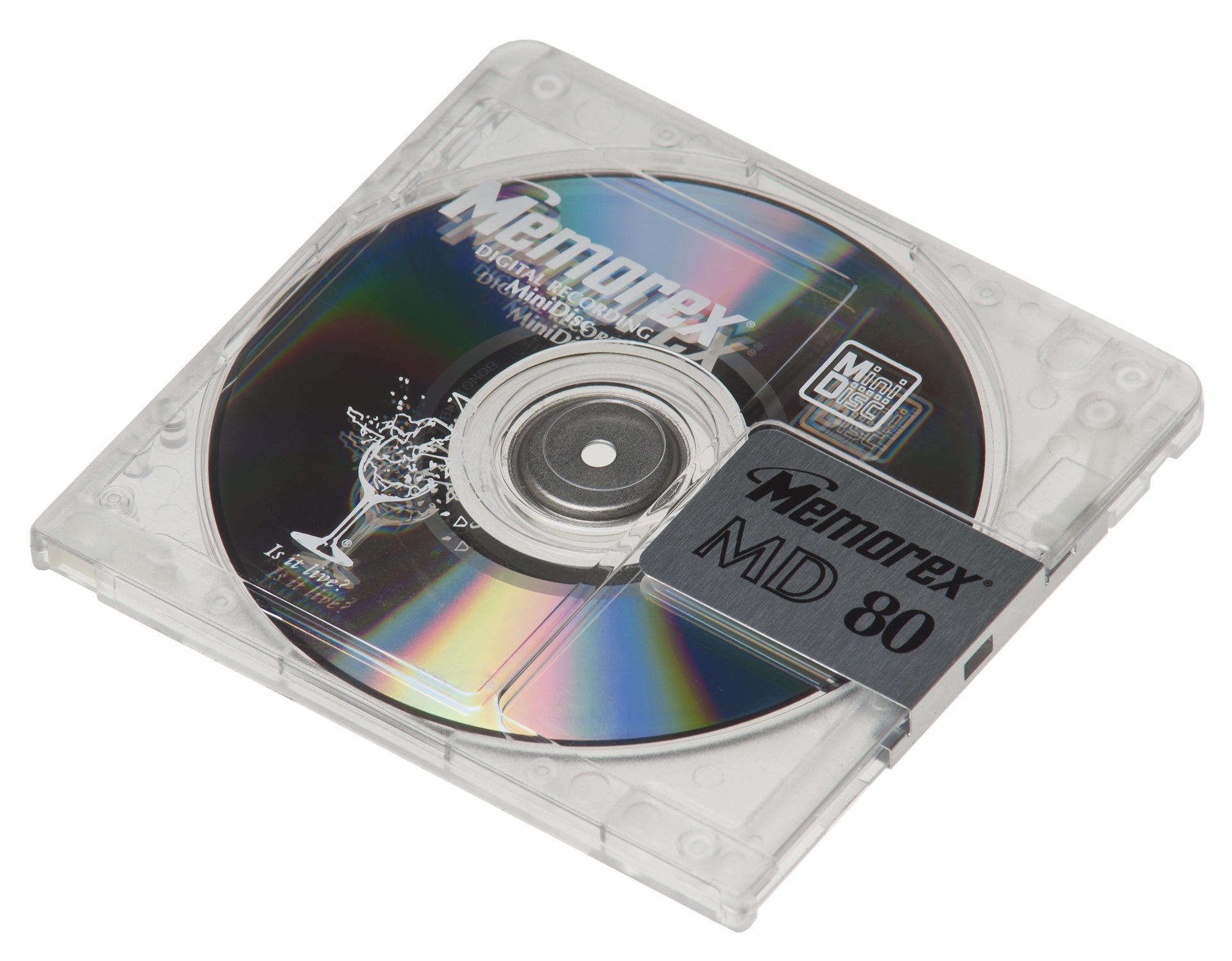
The MiniDisc digital audio player, introduced by Sony in the early 2000s, aimed to replace audio cassette tapes with a digital recording format that offered better sound quality and durability. Despite its compact size and advanced features, such as track markers and editing capabilities, the MiniDisc failed to gain widespread adoption outside of Japan. However, its legacy lives on in the form of digital audio players and streaming services that have since replaced physical media for music consumption.
12. Microsoft Tablet PC

Microsoft’s Tablet PC, introduced in the early 2000s, was an early attempt to combine a laptop’s functionality with a tablet’s portability. Equipped with a stylus and touch-sensitive screen, the Tablet PC aims to provide a versatile computing experience for professionals and students. While early iterations of the Tablet PC were hampered by limited software support and hardware constraints, the concept laid the groundwork for future tablet devices, such as the iPad and Android tablets.
13. WebTV Internet Set-Top Box

WebTV, introduced in the late 1990s and acquired by Microsoft in 1997, was one of the first attempts to bring internet connectivity to television sets through a set-top box. With WebTV, users could browse the web, send emails, and access online content from the comfort of their living rooms. While WebTV ultimately failed to gain widespread adoption, its vision of connected TV experiences foreshadowed the rise of smart TVs and streaming media players that are now commonplace.
14. Hoverboard Self-Balancing Scooter
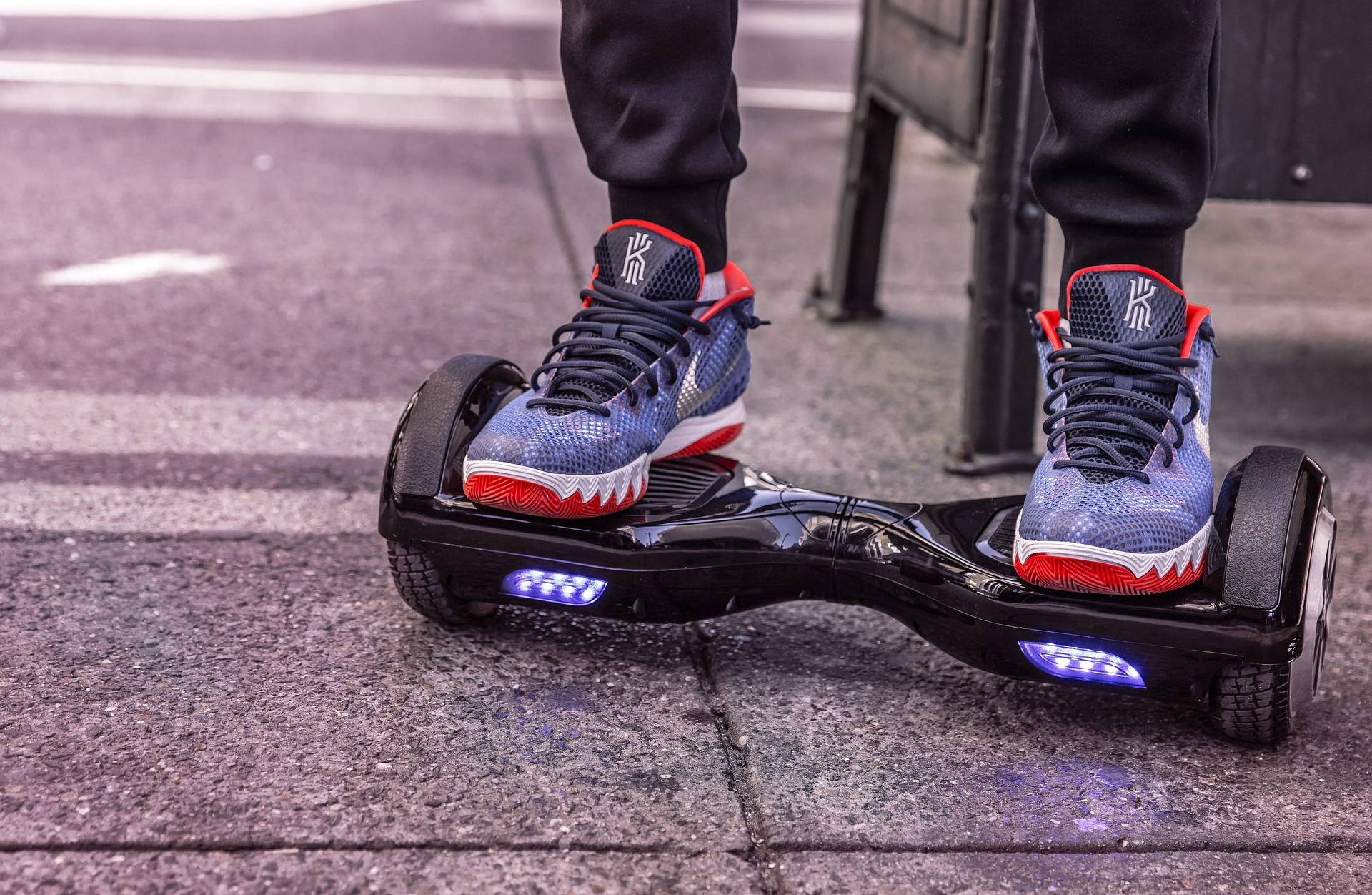
The hoverboard self-balancing scooter, popularized in the early 2010s, gained widespread attention for its futuristic design and promise of effortless transportation. Despite its name, the hoverboard does not actually hover but instead uses gyroscopic sensors to maintain balance and propel the rider forward. While hoverboards initially faced safety concerns and regulatory hurdles, subsequent improvements in design and technology have made them a popular mode of personal transportation for short distances.
15. Electronic Ink (E-Ink) Displays
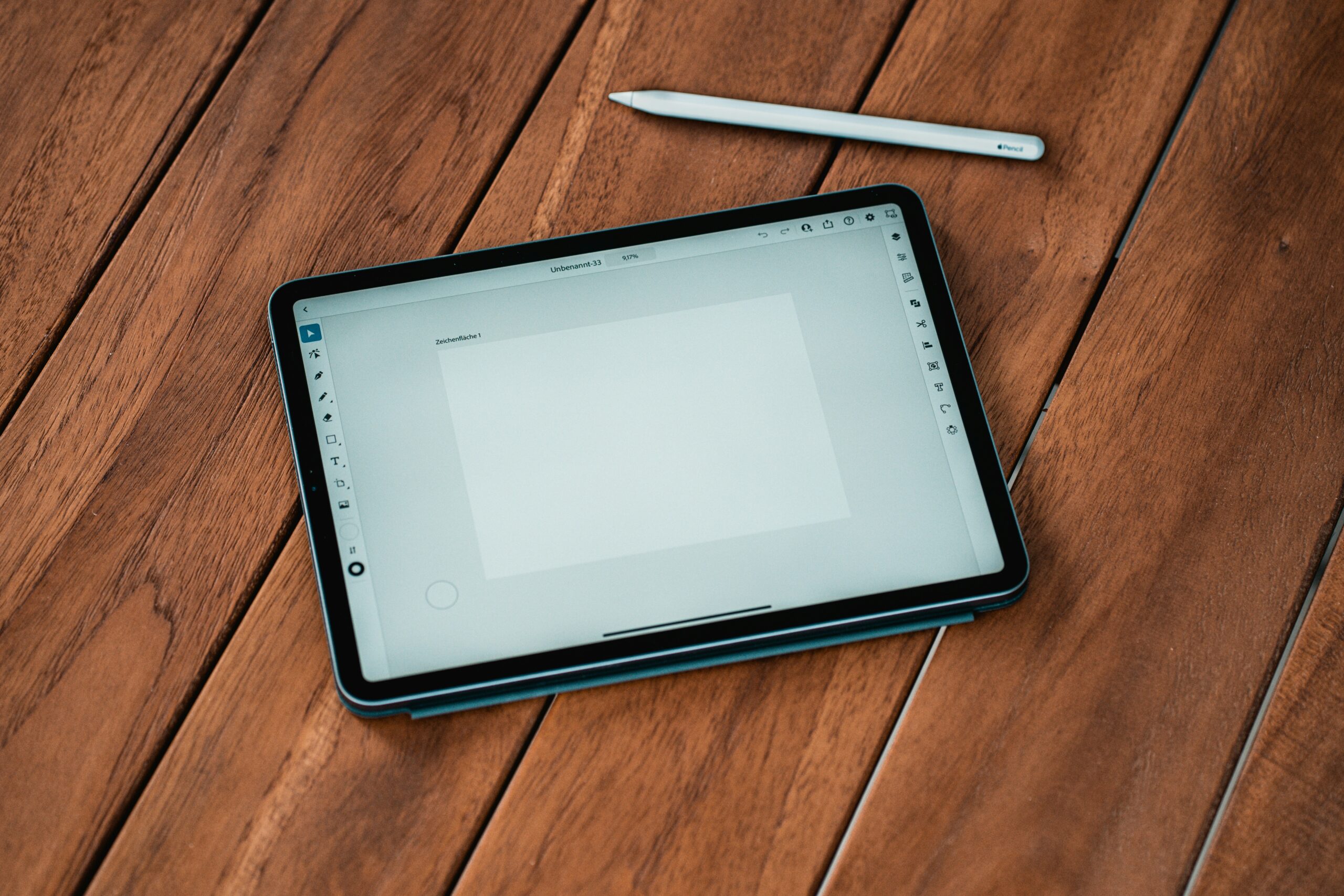
Electronic ink (E-Ink) displays, developed in the early 2000s, offered a low-power, high-contrast alternative to traditional LCD screens for e-readers and electronic devices. With its paper-like appearance and energy-efficient design, E-Ink displays enabled devices like the Amazon Kindle to offer long battery life and comfortable reading experiences. While smartphones and tablets have since become the dominant platforms for digital reading, E-Ink displays continue to be used in e-readers and specialized devices for their readability and battery efficiency.
The 2000s Were a Time of Rapid Technological Innovation

In conclusion, the early 2000s was a time of rapid technological innovation and experimentation, resulting in a wealth of quirky inventions ahead of their time. While some of these inventions may have seemed impractical or gimmicky, many laid the groundwork for future breakthroughs and paved the way for the technologies we use today. Whether it’s portable music players, robotic vacuum cleaners, or motion-sensing gaming consoles, the quirky inventions of the early 2000s have left an indelible mark on our lives and continue to inspire innovation and creativity in the years to come.
Living Alone for the First Time? Use These Tips
If you’ve never lived alone before, you may not be aware of some of the details that this lifestyle involves. That’s why it’s a good idea for you to make sure that you know about both the ups and downs of leaving your parent’s home to go out and fend for yourself. With this information, you can plan accordingly and make moving out a successful venture that you won’t regret or fail in. Here are a few beneficial tips that you can use before you start living alone for the first time ever.
Learn Some House-Maintenance Basics
When you finally get to experience the independence of living alone, remember that it will be up to you to keep your house in good shape. This would be easier to do if you know some home-maintenance basics, and that’s why you need to learn them before moving out. You don’t have to be the most handy person, and in fact, you may not even have to do anything yourself. It helps to be prepared for emergencies by having a few basic tools like screwdrivers and hammers.
It’s also beneficial to know the signs that something is about to need repairs, understanding that you shouldn’t attempt to work on risky maintenance yourself. One of the elements that you shouldn’t touch unless you have the training is anything electrical. For this, it’s best to call a professional who will know things such as that there are three components to a circuit that’s intrinsically safe, according to IAEI Magazine. These are the field device, field wiring, and an intrinsically safe barrier.
Keep Your Home Clean and Comfortable
Next, you should make sure that you’re happy to get back home at the end of a particularly busy day elsewhere. To make this more likely, keep your home clean and comfortable all through. You’ll have an easier time if you can learn habits like putting things away, cleaning dishes as soon as you can, and finding ways to make chores enjoyable or bearable at the very least. Make sure that appliances such as the HVAC also work well at all times, since they play an important role in your home’s comfort. Learn information such as that it’s suggested by industry averages that an air conditioner should last for 12 to 15 years, according to Comfort Central HVAC, while a gas furnace should last from 20 to 25 years.
Learn How to Shop for Your Needs
When you start to live alone, you should also learn how to shop for your needs. This means figuring out the best way to stock up on supplies that you need without running the risk of buying so much that you end up wasting. This is especially important for food and perishables that expire if they’re not used for too long. If you happen to be freshly divorced, which is the case for 40% to 50% of first marriages according to Petrelli Law, you may be used to buying many items in bulk, which is a practice that you should stop when you start living alone.
Come up With a Budget
Remember to take time to come up with a budget as well, and do your best to stick to it. You’ll have an easier time doing this if you make the budget realistic so that it’s not a struggle to keep up with it. Since you can always adjust it as necessary if the need to do so arises, make sure that you prioritize preparing a budget so that it’s easier for you to manage your money well Over time, you’ll know what works and what doesn’t, so you can live a happy and fulfilled life.
Remember that living alone may be scary at first, especially if it’s the first time that you’re doing it. With some planning, however, it can end up being an amazing thing for you. If you can manage to live a happy and fulfilled life all by yourself, you’ll have learned an important life skill that you’ll forever be thankful for.
How to Keep Your Life Organized With Ease
Life can get complicated, and at times, we all feel overwhelmed by expectations. You may feel unequipped to do everything you “should” do and worry about meeting your goals. Despite this, many people have discovered they can successfully organize their lives. Here are some suggestions for ways you can make sense of the challenges currently facing you:
Make a List and Set Priorities
Before we can organize our lives, we have to examine our current challenges and categorize them by their priority in our lives. There are things we are compelled to do: like to pay our bills, do our jobs, and care for those we love. As we identify which of our life activities fit into those categories, we can ask ourselves how to accomplish all of our goals. Not everything in your life has to be about necessity, but by identifying your priorities, everything else often begins to fall into place.
Within each area of your life where you want to make progress, you can devise a plan to help you achieve your goals. You can fit some steps toward your goals into your life while still performing your daily activities. For example, your goal may be to pay off credit card debt and reduce impulse shopping. After considering your options, you may contact your credit card company to request an interest reduction and then provide an incentive for yourself by decreasing your unplanned purchases to one item every 60 days.
Keep Yourself Healthy
You won’t be able to enjoy your reorganized life without a healthy body. Healthy bodies often start with nutritious food, so choose lean proteins, whole grains, and plenty of fruits and vegetables. Take care of your teeth and gums by brushing and flossing daily. Dental experts recommend flossers should use an 18-inch-long piece of waxed floss.
Decide Whether to Change Jobs
Consider your job and ask yourself if it can help you accomplish your career goals. Something must be said for doing a job you love, but if it cannot advance your career, you must decide how that impacts your financial future. If you want to remain in the same field but need a better salary or a management opportunity, look around for people achieving what you want in a job. When you find those people and discover how they got where they are, that can point you in the direction of someday getting a job like that.
Clean Up and Spruce Up
While everything around you may seem out of control, it can be nice to come home to a clean, uncluttered home. According to Life Hack, clutter inevitably builds up in your house despite all your efforts. By setting aside a few hours each weekend, you can clear all your unnecessary items from your home. A good painting will keep the walls of your clean home bright and beautiful for 10 to 15 years, according to Forbes.
Schedule a Vacation
One of the keys to keeping motivated at work is taking periodic breaks to refresh and replenish our inner resources. Vacations give us time with our families, allow us to savor those experiences, and then return able to jump back into work responsibilities. If you’re trying to save gas, research fun places to visit in your state. To use Florida as an example, Floridians seeking vacation sites would have over 65,700 square miles of surface area to search from.
If you look at everything simultaneously, your life may seem too challenging. The secret is you don’t have to deal with it all at once. Take some time to prioritize the challenges in your life and take purposeful steps to progress toward your goals. With the support of your family and with confidence in yourself, your efforts at life organization can help you find the balance you’ve been seeking.
20 Everyday Items Gen Z Might Never Use in Their Lifetime
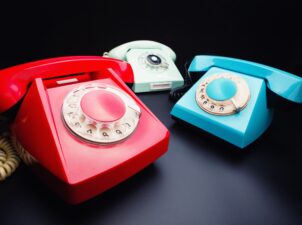
In an era defined by rapid technological advancement and shifting cultural landscapes, the generational divide is more apparent than ever in the usage and perception of everyday items. Gen Z, those born from the mid-1990s through the 2000s, are at the forefront of embracing new technologies and lifestyles that render many once-common items obsolete. Here, we dive into 20 everyday items that may very well become unfamiliar relics to Gen Z individuals during their lifetimes.
1. Physical Maps and Atlases

Gone are the days when unfolding a giant paper map was the first step in planning a road trip. Gen Z relies heavily on digital navigation systems, such as Google Maps and Waze, which provide real-time updates, traffic conditions, and even alternative routes. The convenience and efficiency of these digital tools have significantly diminished the practicality of traditional maps and atlases.
2. Landline Telephones
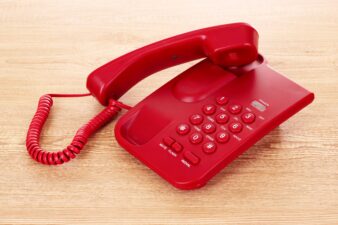
With the ubiquity of smartphones and the increasing reliability of cellular networks, the landline telephone has become an anachronism in many households. For Gen Z, the concept of a home-bound communication device is not only outdated but also limiting, given their preference for on-the-go digital communication through various platforms and apps.
3. Compact Discs (CDs)

The digital streaming revolution has transformed the way Gen Z consumes music, making CDs seem like a cumbersome and inefficient method of accessing tunes. Services like Spotify, Apple Music, and YouTube have provided instant access to vast music libraries, personalized playlists, and new releases, all at the tap of a screen.
4. Physical Newspapers and Magazines

Digital media consumption is second nature to Gen Z, making physical newspapers and magazines less appealing. Online platforms offer real-time news updates, a wider range of content, and interactive features like video and social sharing, which are more aligned with the dynamic consumption habits of younger generations.
5. Checks and Cash

Digital transactions are becoming the norm for Gen Z, with peer-to-peer payment apps, online banking, and cryptocurrencies gaining traction. The inconvenience of writing checks or the need to carry cash is viewed as outdated, as digital payments offer speed, security, and convenience that traditional methods cannot match.
6. Manual Cars

The shift towards automatic transmission vehicles and the rise of electric cars are making manual cars a rare sight, especially among Gen Z drivers. The ease of driving, combined with advancements in automotive technology, makes manual transmission less appealing and, for many young drivers, unnecessary to learn.
7. Cable Television

Streaming services have revolutionized the way Gen Z watches TV shows and movies, making traditional cable subscriptions less relevant. With the ability to watch what they want, when they want, without the constraints of a broadcast schedule or commercial interruptions, streaming platforms cater perfectly to the demands of younger viewers.
8. Alarm Clocks

The multifunctionality of smartphones has made standalone alarm clocks almost redundant. For Gen Z, using a smartphone for alarms is not only more convenient but also offers a plethora of customizable options, from different alarm tones to various snooze settings, all integrated into a device that’s already an essential part of their daily lives.
9. Paper Tickets

The digitalization of ticketing for events, public transport, and air travel is rendering paper tickets obsolete. With most tickets now available on smartphones, the process is more streamlined, environmentally friendly, and less prone to loss or damage, aligning with Gen Z’s preference for digital solutions and sustainability.
10. USB Flash Drives

Cloud storage solutions like Google Drive, Dropbox, and iCloud are making USB flash drives unnecessary for data storage and transfer. The ability to access files from any device, share large files instantly, and collaborate in real-time suits the dynamic, connected lifestyle of Gen Z far better than physical storage devices.
11. DVD Players

Much like CDs, the physical format of DVDs is becoming obsolete with the rise of digital streaming platforms. The convenience of having a wide array of content available on-demand, without the need to purchase, store, or maintain physical media, aligns perfectly with the preferences of Gen Z consumers.
12. Analog Watches

In an age dominated by smartwatches and smartphones, the traditional analog watch is losing its appeal among Gen Z. While still appreciated as a fashion accessory, the functional aspect of keeping time is now covered by more advanced, multifunctional devices that offer a wide range of additional features.
13. Fax Machines

Once a staple in offices around the world, fax machines have become virtually obsolete with the advent of email and digital document-sharing services. For Gen Z, the concept of transmitting documents through such a cumbersome and slow process is not only outdated but also inefficient.
14. Phone Books and Yellow Pages

The digital age has rendered phone books and Yellow Pages nearly useless as Gen Z turns to online search engines and digital directories for information. The instant access to a wealth of information online, including reviews and maps, makes the traditional phone book an unnecessary clutter.
15. Incandescent Light Bulbs

With a strong inclination towards sustainability, Gen Z is more likely to use energy-efficient lighting options like LED and CFL bulbs. The inefficiency and shorter lifespan of incandescent bulbs, coupled with their greater environmental impact, make them a less favorable option for this eco-conscious generation.
16. Handwritten Letters

In the digital communication era, the art of writing handwritten letters is fading. While still cherished for their personal touch, the immediacy and convenience of emails, texts, and instant messaging apps have made them a rarity in Gen Z’s everyday communication.
17. Desktop Computers

The rise of laptops, tablets, and smartphones with powerful computing capabilities has led to a decline in the use of traditional desktop computers, especially among Gen Z. The preference for mobility, versatility, and space-saving solutions makes desktops less appealing to this generation.
18. Physical Photo Albums

Digital photography and social media platforms have changed the way Gen Z stores and shares memories. With photos now primarily taken on smartphones and stored in the cloud, the traditional physical photo album is becoming a thing of the past.
19. Encyclopedias

The vast repository of information available online has all but eliminated the need for physical encyclopedias. Websites like Wikipedia offer Gen Z a constantly updated, easily accessible source of information on virtually any topic, making the multi-volume encyclopedia sets obsolete.
20. Dial-Up Internet

The concept of dial-up internet is utterly foreign to most of Gen Z, having grown up in an age of high-speed broadband and Wi-Fi connections. The slow speeds and limitations of dial-up are inconceivable to a generation accustomed to instant, always-on internet access.
Why Gen Z Might Never Might Never Use These Everyday Items

As we navigate through the 21st century, the continued evolution of technology and changing societal norms will likely render even more everyday items obsolete. For Gen Z, adaptability and a forward-looking perspective are key in embracing the innovations that will shape their future, leaving behind the relics of the past.
Read More:
11 Discontinued Technologies That Are Making a Surprising Comeback
